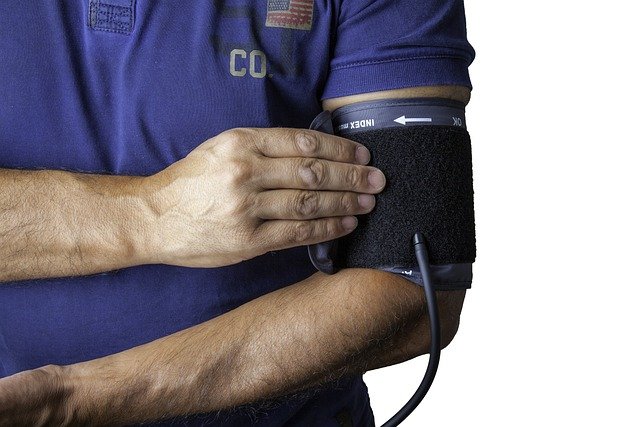Breathing Techniques for Stress Relief: A Scientific Approach
Stress has become a constant companion for many in our fast-paced modern world. While some amount of stress is normal, excessive stress can lead to serious health problems, both mental and physical. In this article, we delve into one of the most natural, yet underutilized strategies for stress relief: breathing techniques. Supported by numerous scientific studies, these techniques have been shown to have a significant impact on reducing stress levels and promoting overall well-being.

Historical Roots of Breathwork
Breathing techniques for stress relief are not a new phenomenon. They have their roots in ancient practices such as yoga and meditation, hailing from cultures that recognized the power of breath as a life force. However, it is only in recent years that western science has begun to validate these practices, shedding light on how they can alter our physiological and psychological states.
The Science behind Breathing
Breathing exercises work on a simple principle: control over your breath can provide control over your stress response. When you are stressed, your body activates its ‘fight-or-flight’ response, resulting in increased heart rate, quick, shallow breathing, and higher blood pressure. By consciously manipulating your breathing pattern, you can activate your body’s parasympathetic nervous system, which induces relaxation and reduces stress levels.
Popular Breathing Techniques and Their Benefits
There are many different breathing techniques, each with its own benefits. Some of the most popular ones include:
-
Box Breathing: In this technique, you inhale, hold your breath, exhale, and hold again, each for a count of four. It helps to reduce stress and improve focus.
-
4-7-8 Breathing: You inhale for a count of 4, hold your breath for 7 counts, and exhale for 8 counts. This technique can help with anxiety and insomnia.
-
Diaphragmatic Breathing: Also known as belly breathing, it involves deep inhalation into the lungs, causing the diaphragm to contract and the belly to expand. It has been shown to reduce heart rate and blood pressure.
Although the techniques may vary, they all share the common goal of reducing stress levels and promoting relaxation.
Breathing Techniques: Quick Tips
-
Start with a comfortable posture: Sit or lie down in a comfortable position. Ensure your back is straight and your body is relaxed.
-
Practice regularly: Consistency is key when it comes to reaping the benefits of breathing exercises. Try to set aside a few minutes each day to practice.
-
Be patient: It may take some time to get the hang of these techniques and to start noticing their effects. Practice and patience are key here.
Conclusion
The scientific evidence supporting the use of breathing techniques for stress relief is compelling. While they are not a replacement for professional healthcare when dealing with severe stress or anxiety, they can certainly be a beneficial tool in your wellness arsenal. As we’ve seen, these techniques can be straightforward to implement and can be practiced almost anywhere, making them a practical and accessible way to enhance your well-being. With the right guidance and practice, you may find that the power to combat stress is as close as your next breath.




